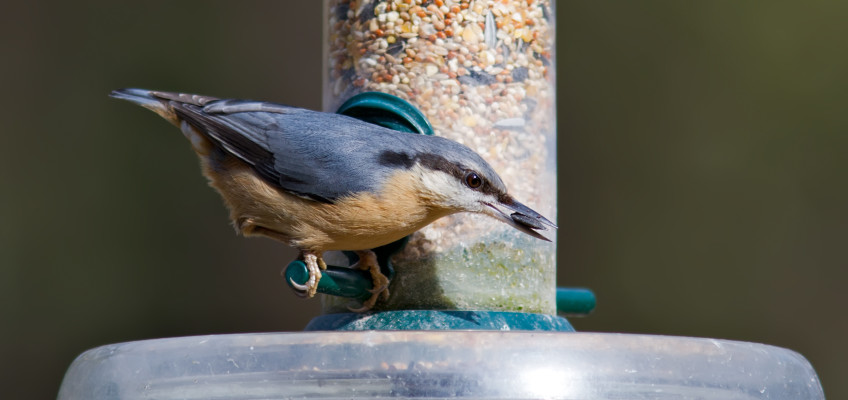Birdseed Basics
Comfort food is synonymous with fall and cold weather for us, and so it should be too for the birds at our feeders. As the cold weather sets in, some birds such as warblers, hummingbirds and ducks are preparing, or have begun the long trip south. Other birds such as cardinals, sparrows and finches stay put. Still other birds, such as the dark-eyed junco, pine siskin and even the snowy owl (which feeds on rodents) fly from Canada, or points north, to Ohio. We are their migration destination! Either way, all birds still need a steady, plentiful and nutritious array of food to maintain their energy.
Preparation is two-fold. It’s important to clean all feeders in your yard, and repair any broken parts, or completely replace them, or the entire feeder if it’s no longer functional. Filling feeders with the correct seed is the important next step. Below is a basic chart of common winter time backyard birds, feeders that attract them, and their seed preferences.
*Note: Seed types are listed respectively with feeders.
It’s important to offer quality seed for optimal energy, which birds need in cold weather to keep warm, maintain energy levels, and stay alive. Filler seed such as milo, canary seed, flax and cracked wheat are neither preferred by birds, nor do they offer much nutritional value. These types of seed are often found in grocery, garden, or big box stores at discounted prices, so what you gain in your wallet, you lose in the backyard with diminished feeder activity.
Our Backyard Bird Mix; a custom mix blended exclusively for Wild About Birds, is a combination of top quality seeds containing black oil and striped sunflower seed, sunflower chips, peanut pieces, and white millet – absolutely no filler! We offer over 15 blends of high quality blend bird seed as well as peanuts, many suet varieties and mealworms. Fall is the time to stock up and save on these quality birdseed blends with our annual Fall Seed Sale, now through October 22.


